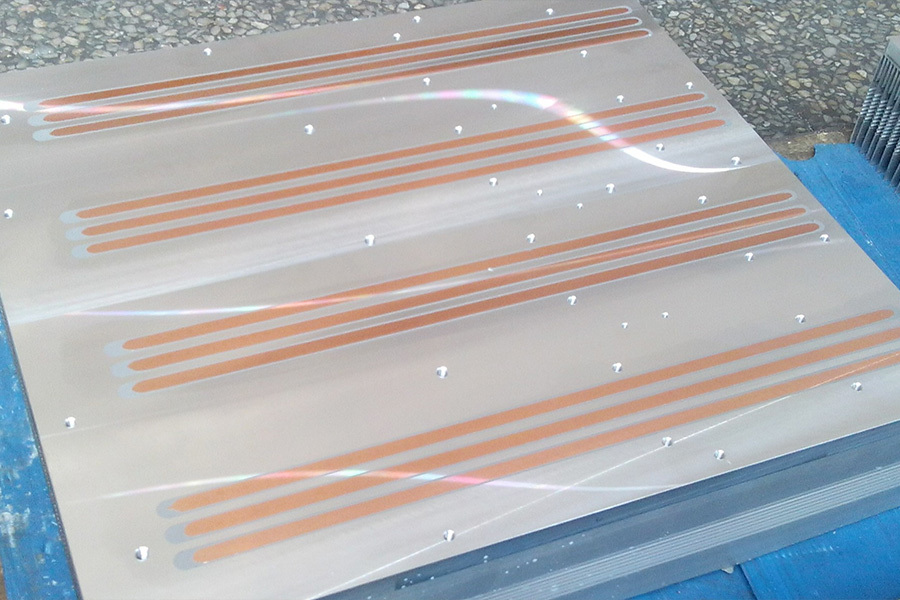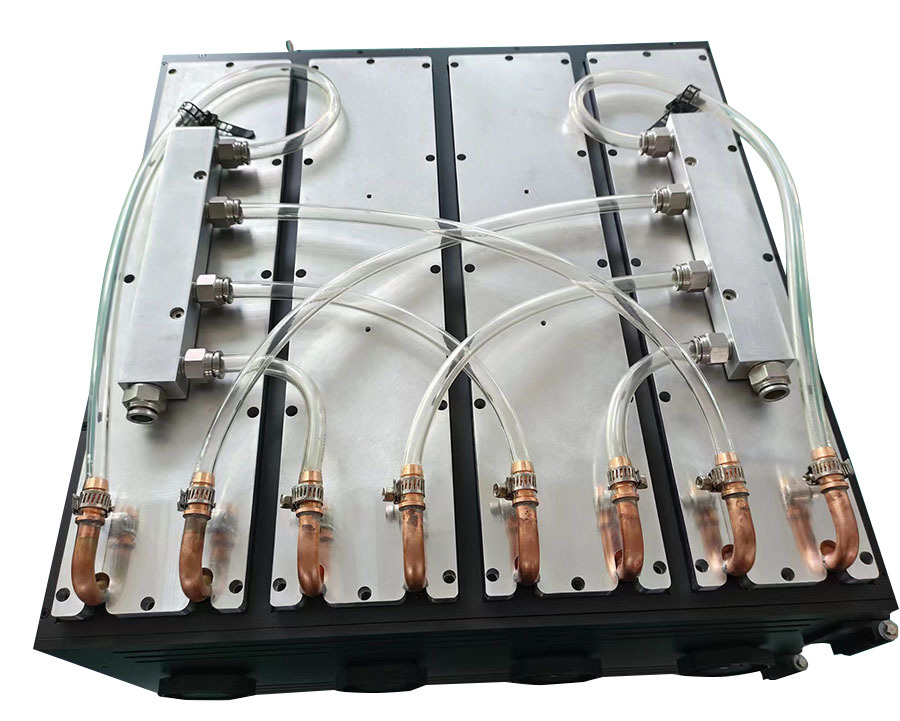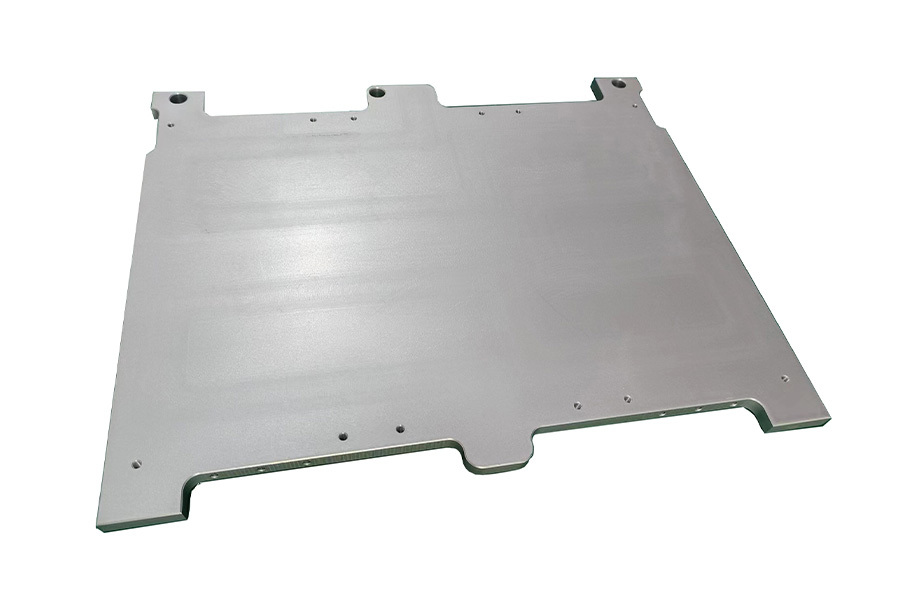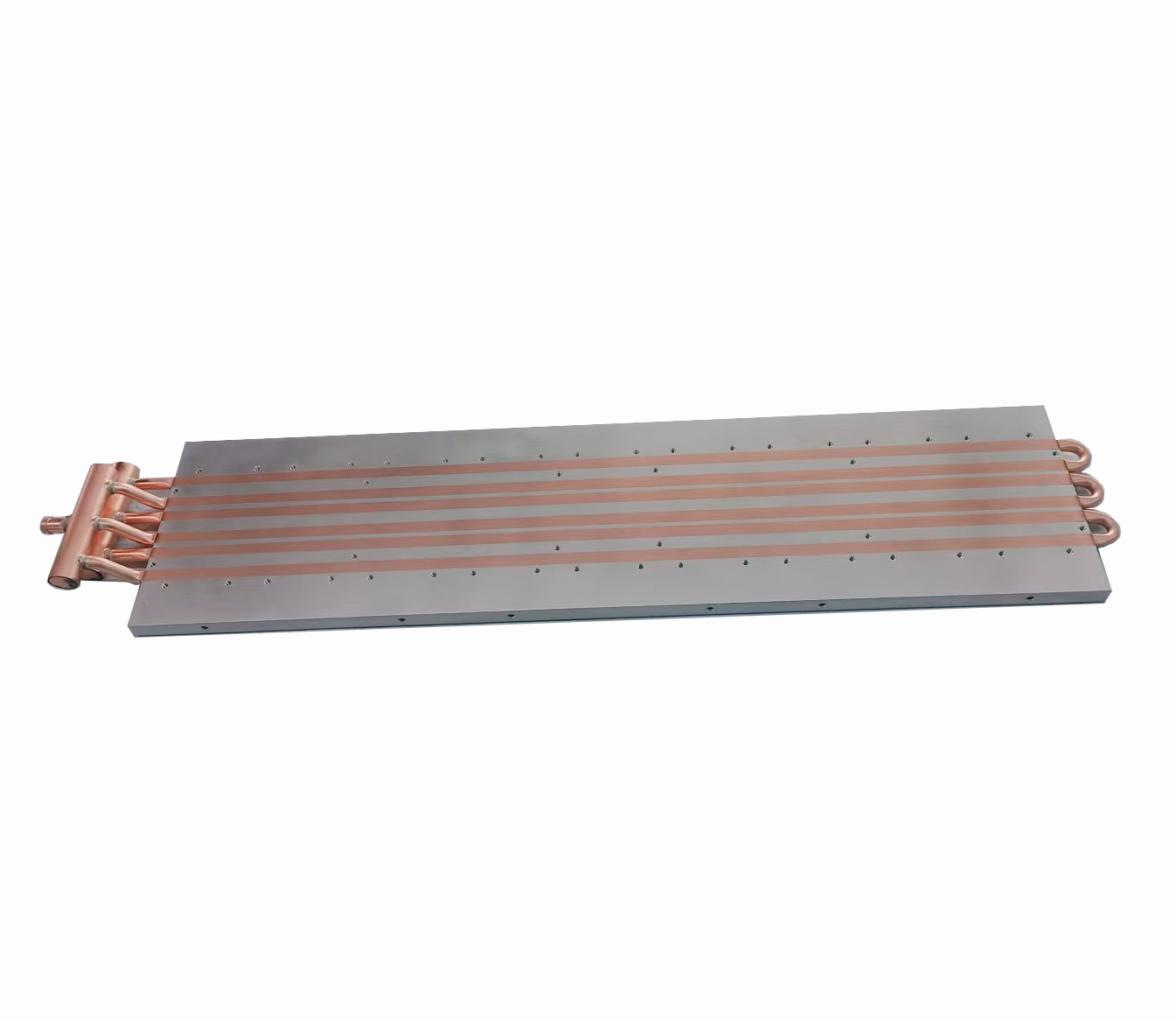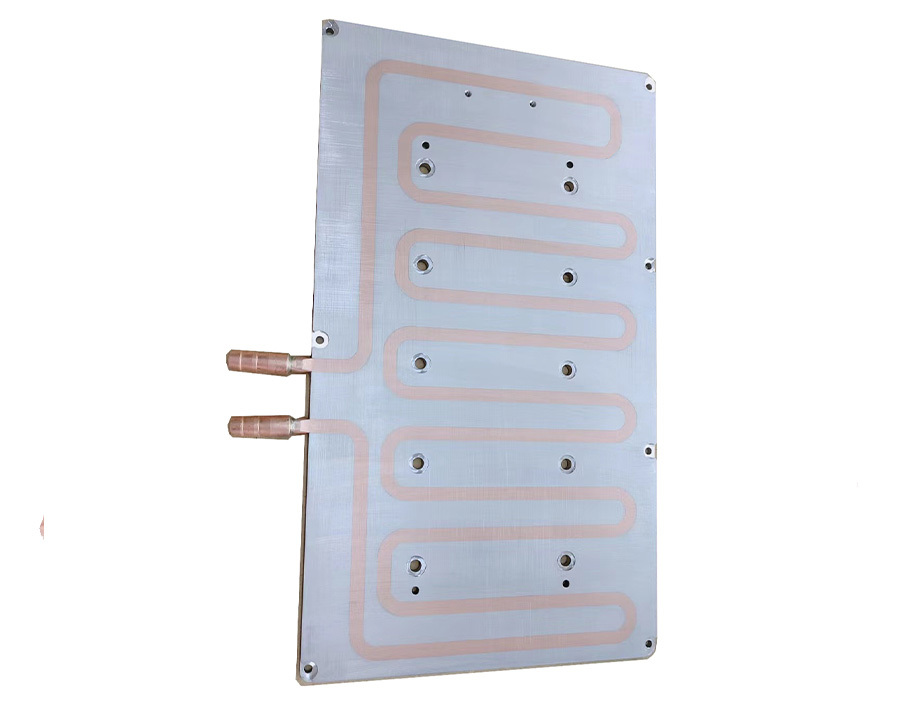IGBT Cooling
When the IGBT is in high-frequency operation, heat loss causes the module temperature to continue to increase, which will seriously affect the working performance of the IGBT power semiconductor device. At the same time, the reliability of the component is reduced, greatly reducing the component life. More than half of the IGBT device damage is caused by thermal failure, so thermal management is very important.
IGBT application areas
The two major functions of power semiconductors are switching and power conversion. Power semiconductors can be divided into different types based on operating frequency and power size. IGBT belongs to a type of high-voltage, low-frequency application in the field of power semiconductors. Power devices achieve the functions of power switching and power conversion by adjusting and changing the power of electronic components, which is mainly reflected in frequency conversion, rectification, voltage conversion, switching, etc.
Its application range is wide, including industrial control, wind power, photovoltaic, electric vehicles and charging piles, rail transit, consumer electronics and other fields.
IGBT belongs to a category of products that tend to be high voltage, medium and low frequency application scenarios. Generally, low-voltage IGBT is often used in frequency conversion white appliances, new energy vehicle parts and other fields; medium-voltage IGBT is often used in industrial control, new energy vehicles and other fields; high-voltage IGBT is often used in rail transit, power grid and other fields.
IGBT power module heat dissipation mechanism
IGBT power modules generate a lot of heat during operation, which mainly comes from the power loss of IGBT chips.
The core of the heat dissipation mechanism is to effectively conduct the heat generated on the IGBT chip to prevent the chip from being damaged due to excessive temperature.
The heat dissipation process can be roughly divided into the following steps:
1. Heat conduction: The heat on the IGBT chip is first conducted to the DBC substrate through the thermal interface material (TIM) between the chip and the DBC (direct copper ceramic substrate).
2. Heat diffusion: The heat on the DBC substrate diffuses to the entire substrate through the substrate material.
3. Heat convection and heat radiation: The heat on the substrate is further conducted to the air through the heat sink, and is mainly dissipated by heat convection and heat radiation.
The importance of heat dissipation for IGBT power devices
IGBT power semiconductor modules are the core components of current power electronic devices. The accumulation of heat will seriously affect the safety, reliability and working performance of the devices. The heat dissipation problem is becoming more and more prominent, and the requirements for module cooling are becoming higher and higher. The normal operation of power devices depends to a large extent on heat dissipation.
What are the common heat dissipation methods for IGBT?
Self-cooling is a cooling method that uses the natural convection and radiation of air to remove heat. Simple structure, no mechanical movement and no noise; Heat dissipation efficiency is relatively low.
Air cooling is a heat dissipation method that uses electric fans to force ventilation and enhance convection, but the fan will generate noise and also consume power.
Water cooling is a cooling method that uses the circulation of cooling medium.
Boiling cooling is a method that pressurizes the cooling medium in a closed container and cools it through the change of the medium phase. It has high cooling efficiency and a small device size; but it is expensive.
Fin heat sink characteristics
Fins are installed on the radiator to increase the heat dissipation area and improve the heat convection effect. The shape, arrangement and number of fins will affect the heat dissipation effect.
Or the fan can be used to force air flow to increase the wind speed and heat transfer coefficient on the surface of the radiator, thereby enhancing the heat dissipation effect. Air cooling has the advantages of simple structure, low cost and easy maintenance, but it is noisy and is greatly affected by the ambient temperature.

Heat pipe radiator characteristics
Utilizing the efficient heat transfer performance of the heat pipe, the heat is quickly transferred from the heat source to the far end of the radiator, and then dissipated into the air through the fins.
Due to its high thermal conductivity and good heat dissipation effect, heat pipes are widely used in the field of IGBT semiconductor power module heat dissipation. The IGBT chip transfers heat to the substrate by heat conduction, and the substrate then dissipates the heat into the air through the evaporation and condensation of the working fluid in the fully enclosed vacuum tube shell of the heat pipe, achieving the effect of heat dissipation. Generally, heat pipes are not used alone as radiators, but are usually embedded in fins for better heat dissipation.
Characteristics of liquid cooling
By utilizing the high thermal conductivity of the coolant (such as water, oil, etc.), the heat is quickly transferred from the IGBT module to the coolant, and then the heat is taken away by the coolant circulation.
Oil cooling has the advantages of high heat dissipation efficiency and fast cooling speed, but the system is complex and the cost is high.
Fiber Laser Water-Cooling Cold Plates
——FSW Cold plate Process
——Embed Copper tube Cold plate
——Brazed Cold plate process
——Deep drilling Cold plate process
How to optimize the heat dissipation effect of IGBT power module?
1. Optimize the design and material of the heat sink: According to the power size and working environment of the IGBT module, reasonably design the shape, arrangement and heat dissipation area of the heat sink; select materials with high thermal conductivity to make the heat sink.
2. Select thermal interface materials (TIM) with high thermal conductivity: Select TIM with high thermal conductivity and good contact performance to reduce the interface thermal resistance between the chip and the DBC substrate.
3. Increase the wind speed or use liquid cooling: If conditions permit, increase the wind speed in air cooling to enhance the thermal convection effect; or use liquid cooling to improve the heat dissipation efficiency,
4. Optimize the packaging structure of the IGBT module: Use advanced packaging structures such as double-sided cooling to reduce the thermal resistance of the power module and improve the heat dissipation efficiency.
5. Strengthen the monitoring and maintenance of the thermal management system: Establish a complete thermal management system to monitor the operating temperature of the IGBT module in real time; regularly inspect and maintain the heat dissipation system to ensure good heat dissipation.
More varieties Thermal Products:








